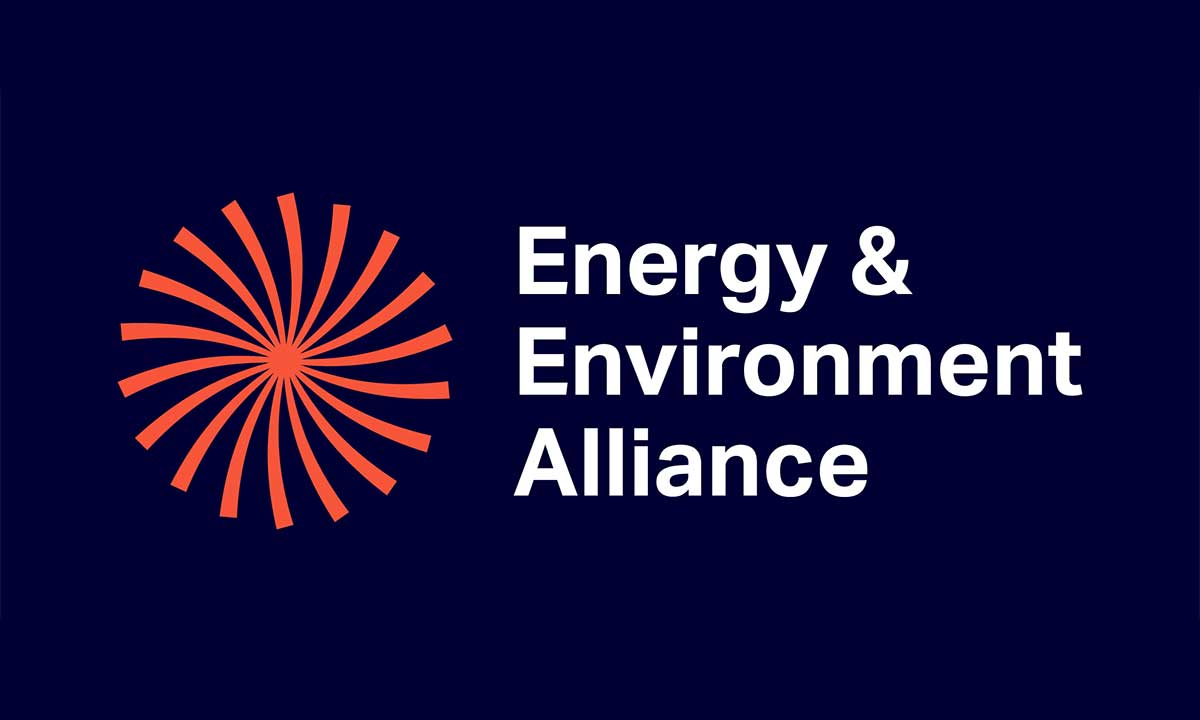Managing soaring energy bills in hospitality

Ensure your control and monitoring systems are managed effectively.
Buildings consume over 40% of the total energy consumption in the United States. A significant portion of the energy consumed in buildings is wasted because of the lack of controls or the inability to use existing building automation systems properly. Much of the waste occurs because of building operators’ inability to manage and control buildings efficiently. Over 90% of the buildings are either small-sized (<5,000 ft²) or medium-sized (between 5,000 ft² and 50,000 ft²); these buildings currently do not use a Building Management System (BMS) to monitor and control their building systems from a central location.
Approximately 55% of the energy consumption in buildings less than 50,000 ft² is from Heating, Ventilating & Air Conditioning (HVAC) equipment. HVAC and lighting consume over 70% of the electricity consumption for this category of buildings, while the rest of the electricity consumption is from plug loads, water heating, and refrigeration. Therefore, the monitoring and control needs for these buildings will be primarily focused on HVAC, lighting, and miscellaneous plug loads.
Controls technology is complicated. Despite the benefits, the owners/operators of small buildings do not have the time, resources, or capital to proceed in this direction.
Utility & Water Monitoring
“What is measured is under control”
Building owners and operators can actively manage their energy consumption by installing sub-meters to track the usage of electricity, gas, and water. Effective metering and monitoring give owners and operators crucial information about how their building is performing so that substantial, almost-immediate improvements can be implemented.
Electricity, gas, and water metering and monitoring systems are a relatively cheap combination of hardware and software that provide vital feedback on building performance. They are essential for any building that aspires to be cost-effective to run.
Sub-meters provide the level of detail required, allowing you to break down energy and water use (e.g., for lighting, heating, or cooling/heating). They often also provide profiles using data collected in real-time, which can be used to identify unusual patterns of use or other anomalies that may indicate poor equipment operating efficiencies or faults.
When used together these meters can form part of an automated monitoring and targeting system that can be used by facility managers to track and reduce energy use, ensuring that the building lives up to its design potential and saves money.
Develop a good metering strategy
A good metering strategy allows you to recognize when systems are not operating as intended and to take action to resolve any issues quickly and cost-effectively. Each metering and monitoring system is designed especially for the building in which it is used, so the size and cost of the system installed will reflect the size and type of building.
Vice President Americas, Hotel Solutions Partnership Limited is a Fellow of the Institute of Mechanical Engineers, UK, and a Chartered Mechanical Engineer (C.Eng.F.I.MechE). He is a Senior Member with the Construction Specification Institute, USA, American Society of Heating, Refrigerating and Air-Conditioning Engineers (ASHRAE) and a Charter Member of the Energy Managers Society, USA.
Ranjit brings unique cross border experience and a broad range of multi-disciplinary skills to play in advising clients on all aspects of sustainable smart design in Architecture, MEP, Technology Systems for Mixed-Use Buildings.
He has recognized the quick pace of change in devices and systems powered by ever-advancing technology and has successfully taken a holistic approach to integrate the many siloed software solutions in hotels that would work with a single browser application. This technology delivers increased efficiency, optimized operations and enhanced building occupant experience.











Follow